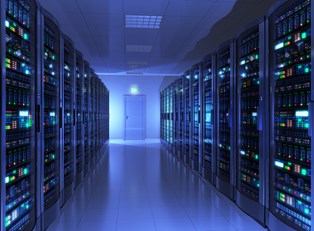If you’ve ever used a computer or smartphone, you’ve probably heard talk about their operating systems. Maybe that’s all you’ve heard: talk. Operating systems aren’t something we see, but rather the internal mechanisms that make computing possible. One common and popular operating system is the Linux OS.
Linux, in the simplest terms possible, is an operating system. This means that it is the software on the computer that allows applications and users to access devices on the computer and perform different functions. The operating system, often called an OS, is what relays the instructions from an application to the processor, for example. The processor, after receiving instruction, will perform the designated task and then send results back to the application by way of the operating system.
Windows and OS X are two other examples of well-known operating systems. One difference here is that Linux is and has been developed collaboratively, so no single company or entity is responsible for further developing it or creating support for it. In just the past few years, over 3,200 developers from more than 200 companies have contributed to the development and improvement of this operating system. Companies involved in this Linux economy share their development and research costs with both their partners and their competitors.
This collaborative work has resulted in Linux being one of the most efficient and innovative operating systems around. The annual growth and increased use of this system is nearly unparalleled by competing systems—the Linux OS represented a $25 billion ecosystem in the year 2008. Created in 1991, Linux has since grown to become a major force in computing. Today, it is used to power the New York Stock exchange, countless mobile phones, a handful of supercomputers, and many other devices used by consumers.
To describe the wide scope of its abilities, many have said that Linux powers everything “from wristwatches to super computers,” which isn’t an exaggeration. Televisions, desktops, keyboards, navigational devices, TiVo, PDAs, mainframes, supercomputers—all of these things can be run using the Linux OS.
Today, Linux has become a multi-billion dollar industry. Companies and governments from around the world depend on this system, which has become known for its flexibility and security. One reason it has become a popular choice in operating systems is its affordability: the cost of licensing and support for Linux are low compared to those of other systems. It’s for all of these reasons that this OS has become one of the most widely used systems ever created.



